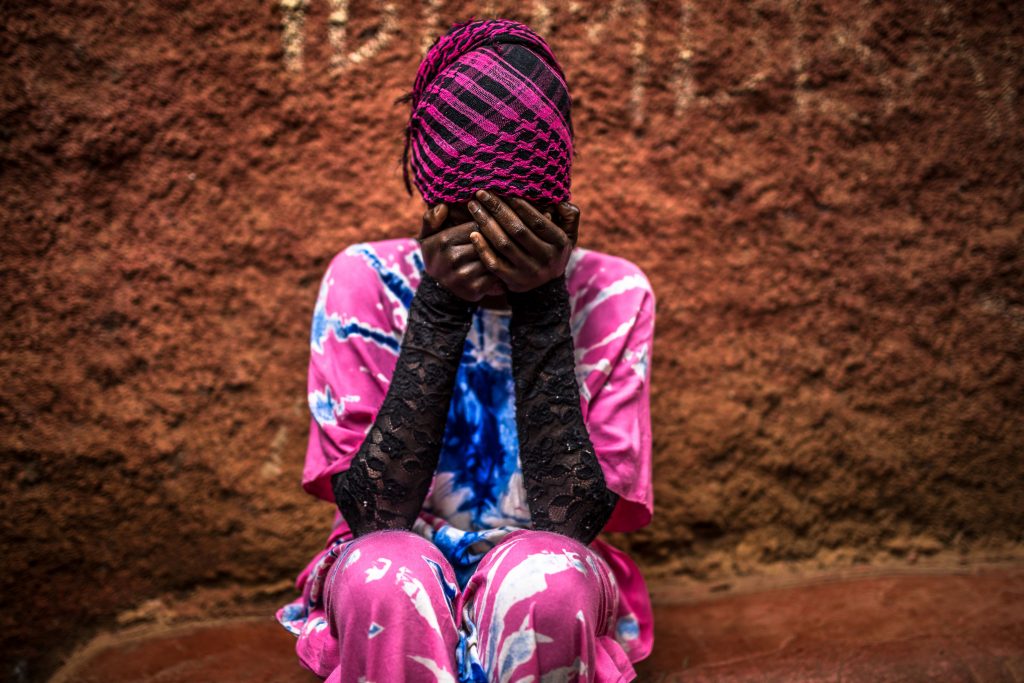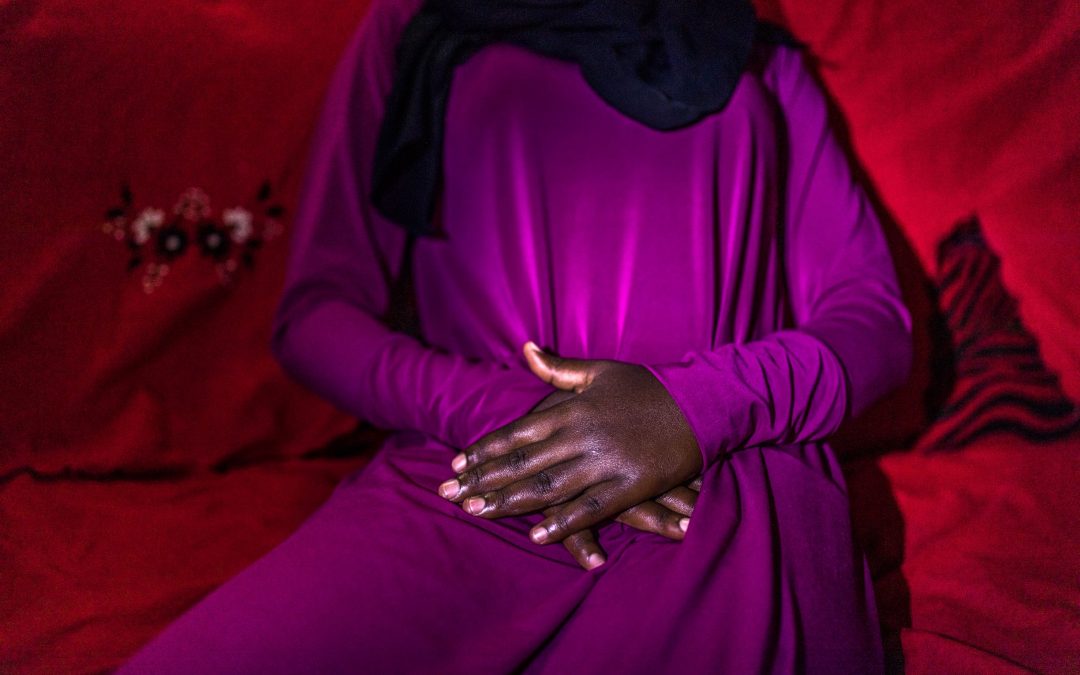Each year, an estimated 50,000-100,000 women all over the world are affected by obstetric fistula, an abnormal opening between a woman’s genital tract and her urinary tract or rectum caused by prolonged obstructed labour.
Obstructed labour, which can last up to six or seven days, is one of the major causes of maternal mortality – accounting for up to 6% of all maternal deaths worldwide. It produces contractions that push the baby’s head against the mother’s pelvic bone, compressing the delicate tissue there and preventing it from receiving adequate blood flow. The lack of blood causes this tissue to die, creating holes between the mother’s bladder and vagina and/or rectum and vagina. This can leave the mother incontinent of urine or faeces or both.
In addition to incontinence and other health problems such as skin infections and kidney disorders, women living with obstetric fistula suffer from external stressors like shame and social ostracisation. There are high rates of divorce or separation, loss of fertility, lack of sexual intercourse, and depression among affected women. If left untreated, obstetric fistula can even lead to death.
In 1935-50, a public health effort successfully eliminated obstetric fistula in Europe and the USA. Seventy years later, obstetric fistula continues to be a pressing issue in countries affected by poverty, where many women give birth without access to medical help and have less geographical or financial access to surgical care for repair. Most fistulae occur in cultures where a woman’s social status may depend on her marriage and ability to bear children. It is estimated that over two million women are living with untreated obstetric fistula in Asia and Sub-Saharan Africa today – showing the gap in maternal health care between high- and low-income nations.

Although up to 80-95% of vaginal fistulae can be repaired surgically, there is a lack of available surgeons with the correct specialised skills, operating rooms, equipment and funding to support the surgery and post-operative care. It is thus of paramount importance to provide services more efficiently and cost-effectively. The Global Fistula Map suggests that between 2010 and 2013, about 60,000 women received fistula repair surgery, or about 15,000 per year. These numbers suggest that for every woman who receives treatment, a staggering number go without.
Obstetric fistula is preventable and avoidable. It still exists because health care systems fail to provide accessible, timely, and high quality maternal care, including family planning, skilled birth care, basic and comprehensive emergency obstetric care, and affordable treatment of fistulae. We can prevent obstetric fistula by:
- Delaying the age of first pregnancy.
- Ceasing harmful practices.
- Providing timely access to obstetric care, especially to caesarean sections.
As an initial step, the WHO suggests reducing the duration of catheterisation after fistula repair surgery from 14 to seven days, which would allow fistula repair centres to increase their caseloads.
Extricable from the fight for reproductive health and rights, the prevention and management of obstetric fistula are central to the Right By Her mission and would contribute to the Sustainable Development Goals (SDGs), particularly Goal 3, improving maternal health.
We stand #RightByHer. Where do you stand?

